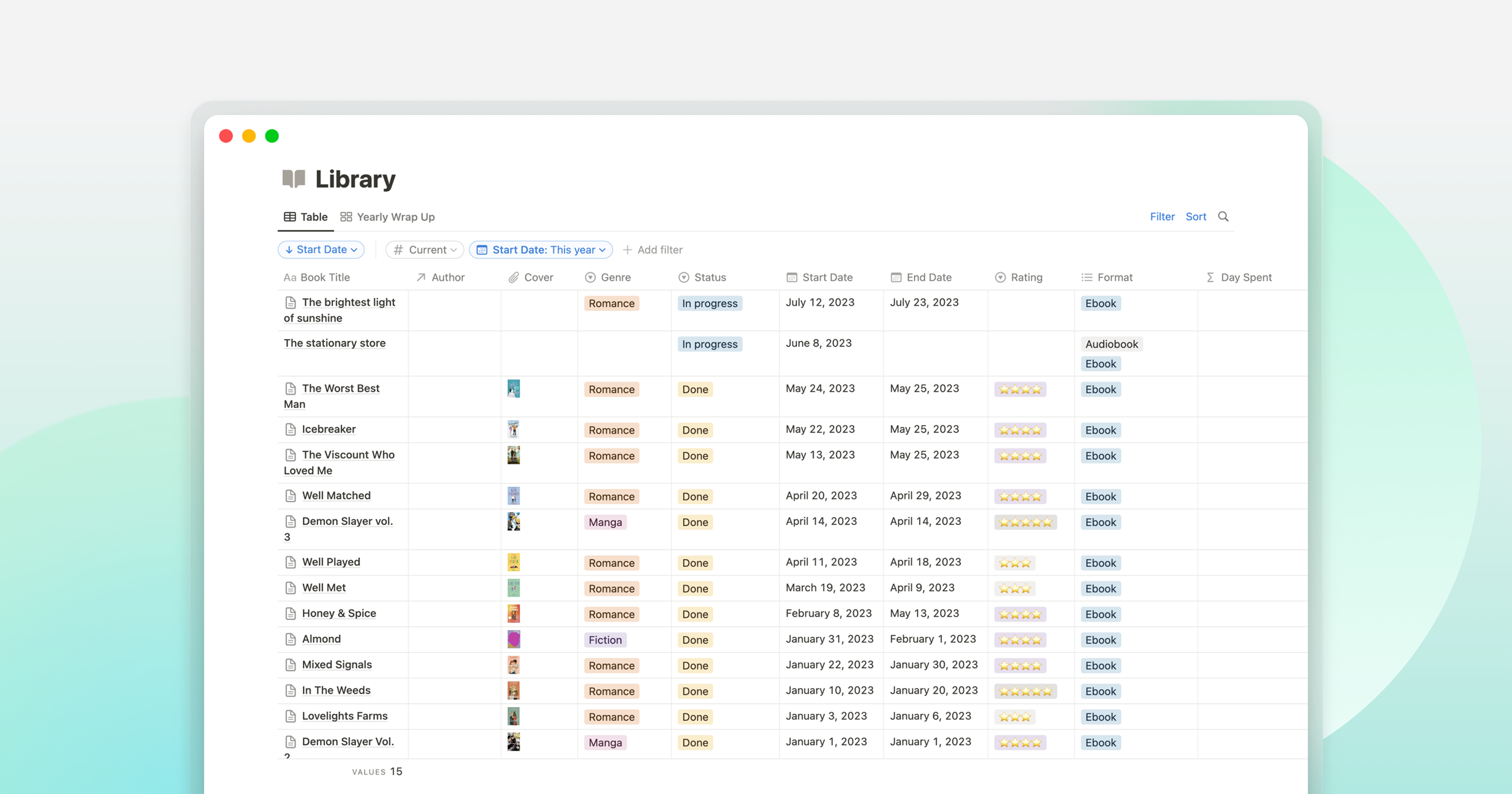
Building the Cric Library | How we cultivating a culture of knowledge sharing at Criclabs
At Criclabs, we’ve built a culture of knowledge sharing that enhances growth, reduces turnover, and fosters collaboration. Our ‘Cric Library’ hosts 150+ guides and Loom recordings, empowering team members to self-train and contribute. Discover how we integrated knowledge sharing into our daily workflows!
A culture every organization wants but can’t have
Every organization wants to build knowledge sharing into their culture.
For team members, it contributes to a dynamic work environment that allows them to keep growing within the organization. For business owners, it reduces turnover costs as knowledge can be easily transferred to new joiners.
But from my experience, very few organizations manage to create a work environment where knowledge sharing isn’t not only encouraged, but is deeply integrated into its workflows.
When we started building our team of Criclabs, I wanted to attack this issue head-on.
Today, we’ve come a long way to put knowledge sharing at center stage in everything we do. And although it’s still a work in progress, we’re very proud of the culture we’ve created.
Building the “Cric Library”
This has been by far the most impactful tool for our knowledge sharing. We started building an internal company library for two reasons:
- We accepted that knowledge sharing can be more effective when done online asynchronously (when done right)
- We wanted to create a space where both introverts and extroverts can contribute without any barriers of entry

That’s because at Cric, we actively hire for Plutos, a specific type of star-performer that excel in remote-first environments.
Soon enough, we have team members contributing to our library on all sorts of topics from design strategies and SEO tactics to remote work strategies and mentorship tips.
Each library entry will consist of either a written step-by-step guide or a Loom recording from a team member walking through those steps.

Today, we have over 150 library entries contributed by our team members on topics ranging from design strategies, SEO tactics and remote work strategies to mentorship tips.
Eventually, we are able to curate different ‘collections’ within our recordings, building them into completed training roadmaps for different roles within the company, so that newer team members can easily self-train and up-skill themselves as they take on more responsibilities.
Here’s an example of our training roadmap for the Growth team.

How did we build the Cric Library?
1. Our Loom habits supercharged
At Criclabs, we’re convinced that meetings are the antithesis of productivity.
They bring people out of their ‘flow state’, they’re distracting and they’re draining, especially for introverts.
We celebrate NOT having meetings, we cheer when we’ve reduced weekly meeting times by over 100 hours each week across the organization.
Outside of important 1:1 and coaching sessions, the less meetings we have, the better.
That’s why we started off by building a strong culture around Loom recordings, using them to replace ad hoc meetings altogether.
This was one of the pillars that allowed enabled us to build a high-performance remote-first culture.
These recordings allowed people to comment on, revisit them later, and share with other team members.
In a few months, we had half a dozen recordings that could be used for employee training and onboarding, so we moved all of these recordings to our Library database.
2. Celebrating every new library entry
Once we had the ball rolling, we intentionally celebrated every new library entry a team member has contributed.
People get a dopamine boost when they’re given a praise that tracks with their real actions, and this motivates them continue doing that action in the future.
Team members are encouraged to announce their latest library entries so others can visit and learn from them on Slack, where it’s celebrated by our team members.

We then verbally celebrate each entry during our weekly team breakouts.
Finally, they’re given coins in Happily, our culture and engagement platform, which can later be redeemed for rewards ⭐.
We don’t see it as being repetitive. It’s a reinforcement of one of our core values. The way we see it, this is the only way organizations can build a strong culture around something they hold dear.
3. Extracting 1:1 insights for new library entries
The most common type of entry into my business journal are the insights extracted during my 1:1 sessions with different team members, both vertically and horizontally.
While some learnings should be insulated within the 1:1 space, there are many insights extracted from these sessions that would be highly beneficial if shared with the team.
These insights are a result of our 1:1 prompts, such as:
- What do you feel are the current gaps in your knowledge?
- Is there anything you’re struggling with right now?
- What tasks and responsibilities are energy-consuming for you?
Discussions resulting from questions allow us to identify new additions to our library, often added by the team member posing the very questions themselves.
Bonus: We leverage this process for our clients as well!
We’ve found this process so useful that we’ve started building knowledge libraries for our clients.
These libraries include recordings of our onboarding process, key feature or process walk-throughs, as well as the how-tos behind some of our deliverables.
This has saved us a lot of time and pain in so many projects where stakeholders and requirements change along the way.
Why spend days getting clients up to speed when you can do it in a single click?
In these cases, our shared library serves as the constant to allows new stakeholders to get up to speed in no time.